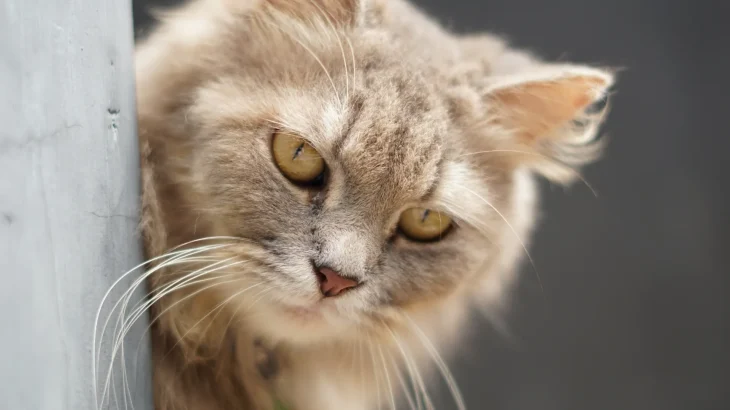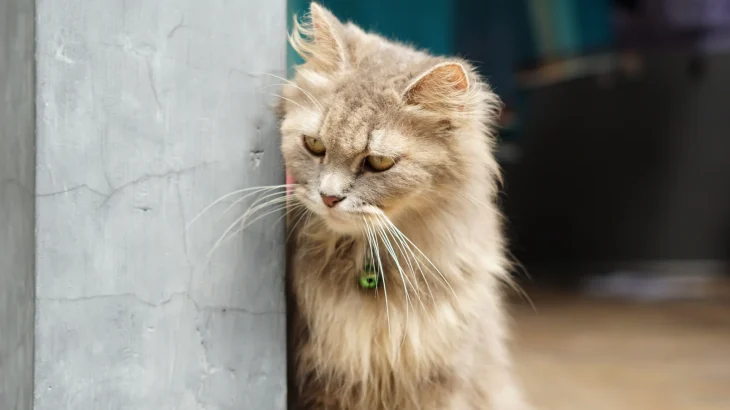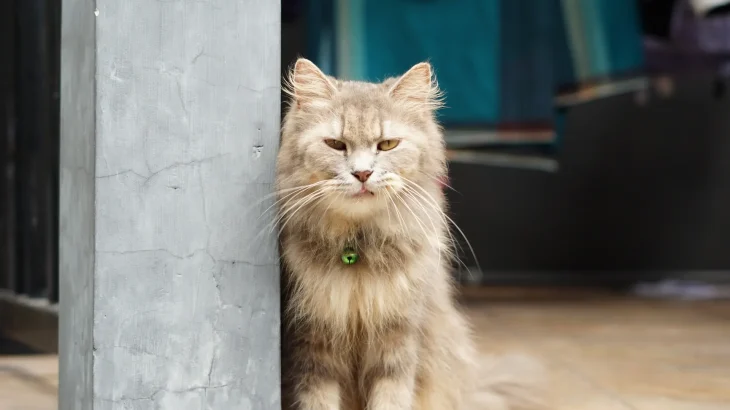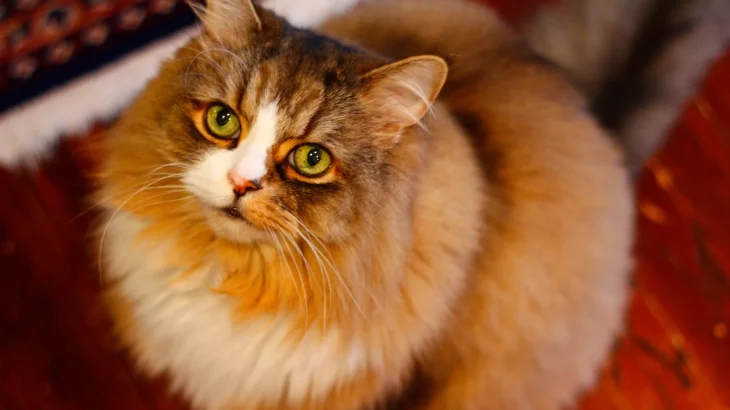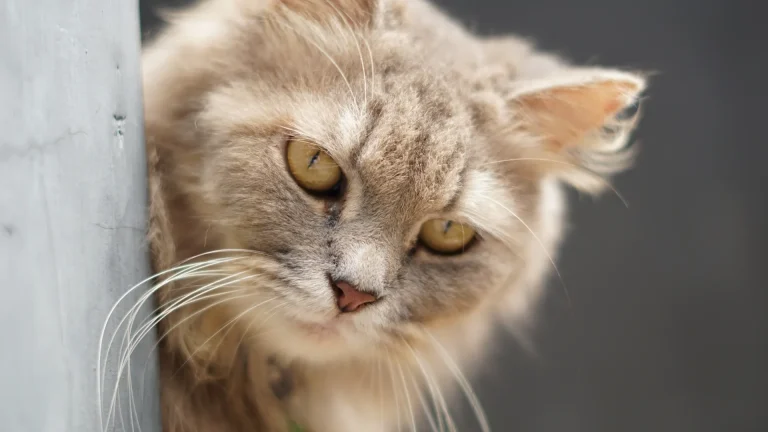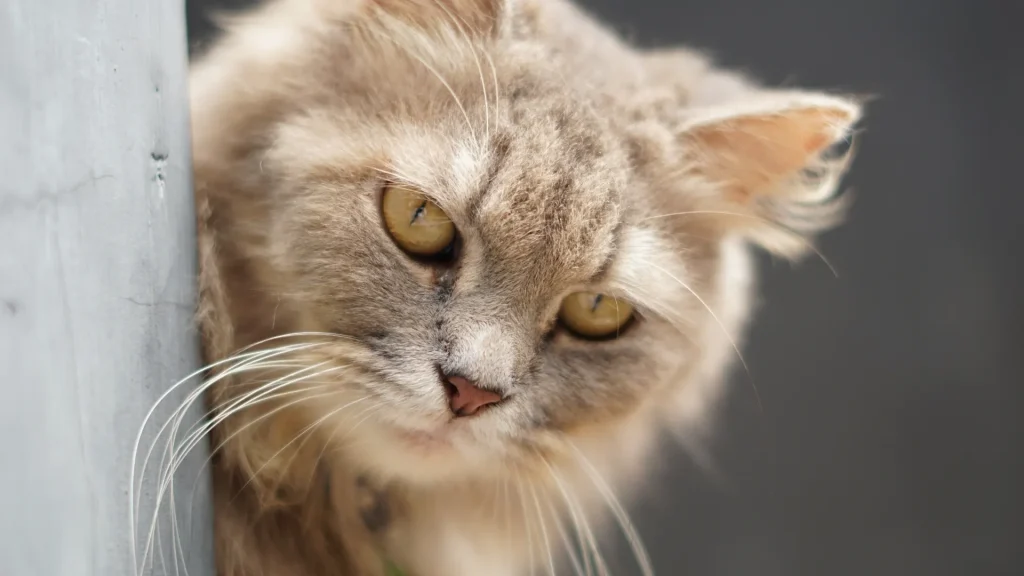When deciding whether to add a Ragamuffin kitten to your family, you can either adopt or buy from a breeder. Each option offers different benefits, like gaining insight into the kitten's background through a breeder or providing a loving home via adoption.
Adoption vs. Breeder: Pros & Cons
| Criteria | Buying from Breeder | Adopting from Shelter/Rescue |
|---|---|---|
| Cost | Usually higher upfront cost with purchase agreements required. | Lower adoption fees, often including vaccinations and spay/neuter. |
| Health History | Detailed health records and possible health guarantees provided. | Health history may be unknown but shelters typically conduct basic checks. |
| Age Availability | Primarily younger kittens, often around or above 4 months old at shows, or younger at breeder's home. | Wide range of ages, including adult cats, available. |
| Temperament Insight | Breeders can provide personality details specific to the kitten and parents. | Shelter staff can share observed behaviors but full background may be unknown. |
| Supporting Practices | Supports ethical breeding programs, with contracts covering care and return policies. | Supports animal welfare by giving homes to cats in need. |
| Return Policy & Support | Formal return policies often required by breeders. | Return policies vary, generally less formal. |

